Massachusetts ticks are concerning for a number of reasons.
And our state is home to a variety of species ticks, Ticks are blood-sucking arachnids you must try to avoid at all costs. Sure, they’re gross, but they can also make you very sick – having lifelong consequences or even causing death.
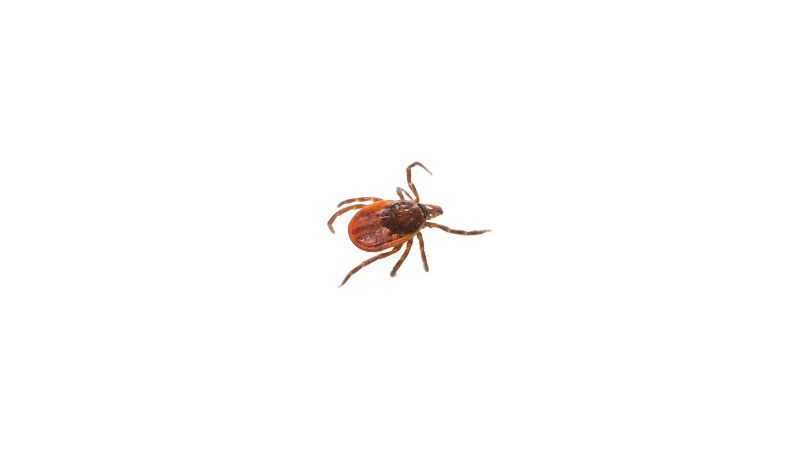
Why Tick-Borne Illnesses Are Concerning
Massachusetts is currently ranked #6 for our prevalence of tick borne illnesses. These illnesses include widely-known Lyme disease, but they can also cause rarer, even more dangerous infections, such as Powassan. And while it takes at least 24 hours of attachment for a tick to transmit Lyme infection, they need only be attached for 15 minutes to transmit the potentially deadly Powassan virus.
Lesser-known illnesses, such as anaplasmosis and babesiosis are also concerning, which should be diagnosed at the first sign of symptoms, which are very close to flu symptoms.
Info For Outdoorsy Types
Massachusetts is ideal for those, who love hiking. Both hiking trails and coastal areas could have ticks lurking in uder-brush or long grasses, which are ideal tick habitats. Those who love outdoor exploits, such as hiking and camping are more likely to encounter ticks. Be aware, dress to prevent tick bites, use repellent, and don’t forget to perform regular tick checks!
Animal Protection From Ticks
Tick prevention does not stop with humans. We must also protect our pets and livestock. Ticks can transmit diseases to animals, posing a threat to both pets and livestock. In Massachusetts, where agriculture and pet ownership are significant, proper tick prevention measures are vital. This includes using tick control products recommended by veterinarians, regular grooming to check for ticks, and maintaining a safe environment for pets and livestock. Professional tick control services will augment the aforementioned measures.
Search for tick control near me and choose a trustworthy tick prevention company.
Tick control and prevention are of utmost importance in Massachusetts. Taking proactive measures to prevent tick bites is a shared responsibility that contributes to the well-being of individuals and communities across the state. Professional tick control methods are available for homes and businesses, which offer protection all year in Massachusetts.
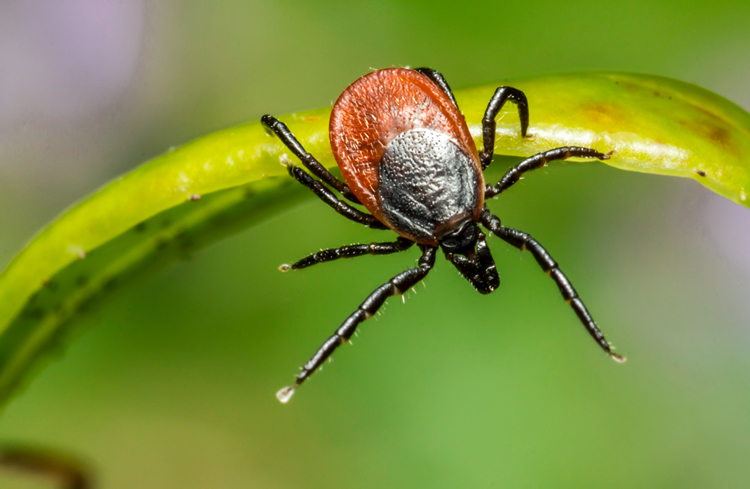

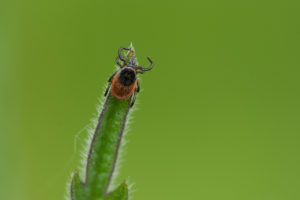
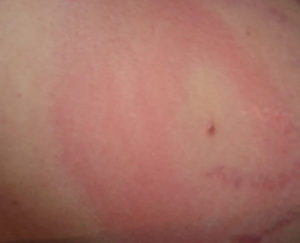

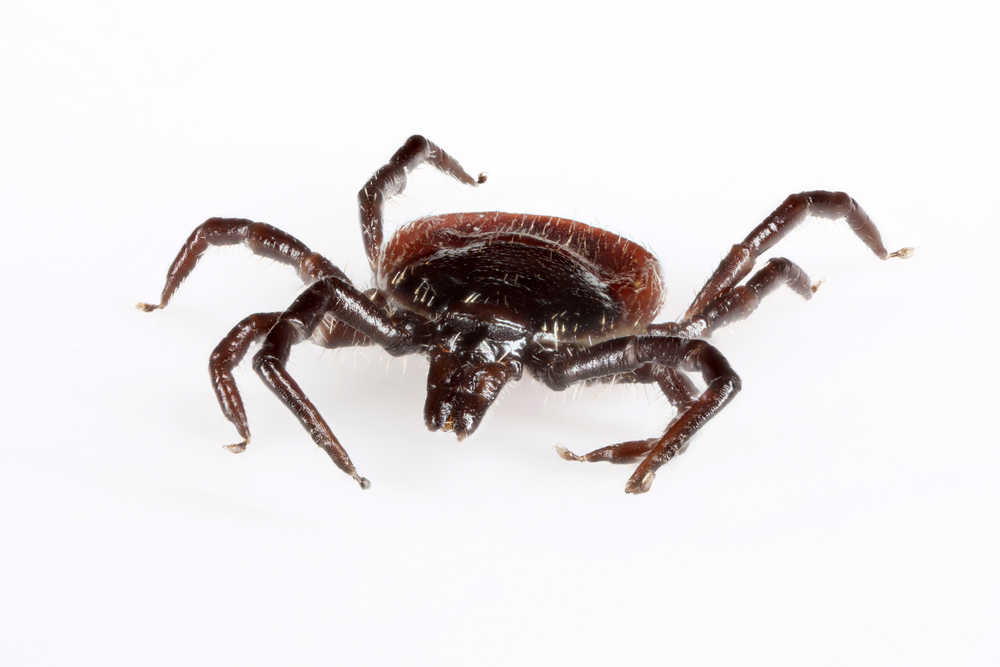

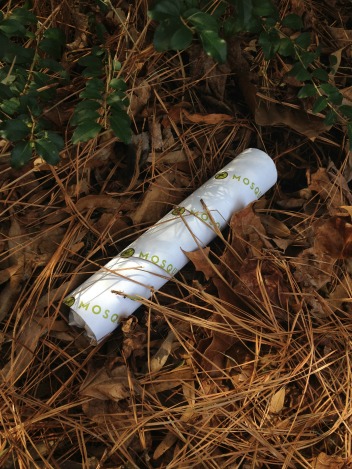 These are small, biodegradable tubes that are stuffed with cotton treated with
These are small, biodegradable tubes that are stuffed with cotton treated with  Reputable tick control products are EPA-registered, but I understand that there are some people who won’t settle for anything less than 100% natural. That’s why tick control companies have developed an
Reputable tick control products are EPA-registered, but I understand that there are some people who won’t settle for anything less than 100% natural. That’s why tick control companies have developed an 
 While all of this sounds like a wild science-fiction movie, it is real life. The idea is simpler than the science behind it, so I will explain the anticipated outcome of gene-edited mice. Esvelt says that they intend to edit the DNA of 2,000 mice, or less, and release them into the wild. The white-footed mouse already produces natural antibodies for the Borrelia burgdorferi bacteria. Because of these antibodies, not all mice are infected with the Lyme-causing bacteria. The idea is to edit the DNA of white-footed mice, so they naturally produce higher levels of the natural bacteria-fighting antibodies. These transgenic mice will reproduce new generations, who naturally have higher antibodies against the bacteria. When they are bitten by ticks, they will have no Lyme bacteria to pass on to the tick – essentially breaking the cycle of the spread of Lyme disease. The problems is, we are unsure of what an
While all of this sounds like a wild science-fiction movie, it is real life. The idea is simpler than the science behind it, so I will explain the anticipated outcome of gene-edited mice. Esvelt says that they intend to edit the DNA of 2,000 mice, or less, and release them into the wild. The white-footed mouse already produces natural antibodies for the Borrelia burgdorferi bacteria. Because of these antibodies, not all mice are infected with the Lyme-causing bacteria. The idea is to edit the DNA of white-footed mice, so they naturally produce higher levels of the natural bacteria-fighting antibodies. These transgenic mice will reproduce new generations, who naturally have higher antibodies against the bacteria. When they are bitten by ticks, they will have no Lyme bacteria to pass on to the tick – essentially breaking the cycle of the spread of Lyme disease. The problems is, we are unsure of what an 